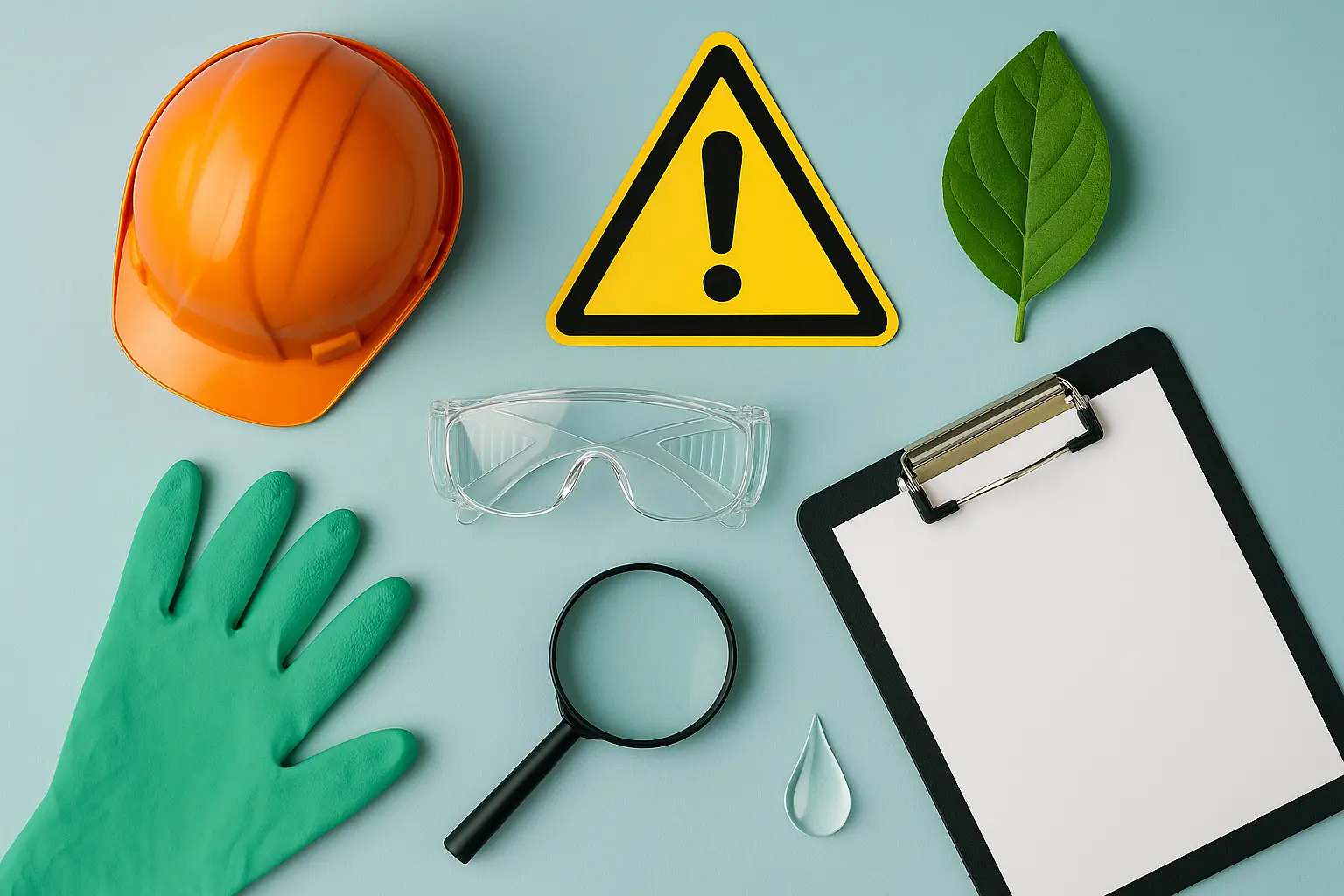ASTM E2109 Environmental Noise Measurement Certification
The ASTM E2109 standard provides a framework for measuring environmental noise levels in various settings. This certification is critical for ensuring compliance with local, national, and international noise regulations. The methodology outlined in this standard focuses on the measurement of noise produced by industrial sources, construction activities, transportation systems, and other sources that can impact human health and the environment.
The ASTM E2109 certification process involves several key steps. First, it is essential to understand the specific requirements for the location or facility being tested. This includes knowing the regulatory standards applicable in your region (e.g., ISO 1996-2). The next step involves selecting appropriate measurement instruments and calibrating them according to ASTM E440 and ANSI S1.8 standards.
Once calibrated, noise levels are measured over a specified period using Class 1 or higher microphones positioned at representative locations around the source of sound. Data collection should comply with ASTM E2109 guidelines for time weighting (fast response) and frequency weighting (A-weighting). After data acquisition, it is necessary to analyze this information based on criteria defined in ASTM E2109.
The analysis typically includes calculating statistical measures such as the day-night average sound level (DNL), equivalent continuous noise level (Leq), and peak sound pressure levels. It's important that these calculations adhere strictly to the formulas provided within ASTM E2109, which ensures consistency across different test sites and facilitates comparisons between results.
A significant aspect of obtaining this certification is ensuring accurate data interpretation and reporting. Compliance officers must review all collected data against established thresholds specified in local regulations as well as relevant sections of ASTM E2109 itself. Any deviations from acceptable limits identified during analysis should be addressed promptly by implementing corrective actions recommended by qualified professionals.
Obtaining ASTM E2109 certification demonstrates a commitment to responsible environmental stewardship and adherence to best practices in noise monitoring. By adhering closely to this standard, organizations can improve their reputation among stakeholders while also protecting public health from potential adverse effects associated with excessive noise exposure.
Benefits
Complying with ASTM E2109 Environmental Noise Measurement Certification offers numerous advantages for businesses operating in environments where noise pollution is a concern. Firstly, it provides clear evidence that your organization meets or exceeds industry standards for sound quality control. This can enhance customer trust and satisfaction by showing proactive efforts towards creating safer workspaces.
Additionally, achieving this certification helps reduce risks associated with non-compliance penalties imposed by regulatory bodies. As environmental regulations evolve globally, having a recognized certification like ASTM E2109 ensures you are always up-to-date with current best practices without needing constant updates on changing legal requirements.
For R&D engineers involved in product development, obtaining this certification serves as an essential benchmark for evaluating new designs and materials' impact on sound insulation properties. It allows them to compare their innovations against established benchmarks set forth by ASTM E2109, facilitating informed decision-making processes throughout the design cycle.
Environmental and Sustainability Contributions
The pursuit of ASTM E2109 Environmental Noise Measurement Certification plays a vital role in promoting environmental sustainability. By adhering to this standard, businesses contribute positively towards reducing noise pollution levels within their communities. This reduction has several positive impacts:
- Improving overall air quality by encouraging cleaner energy consumption patterns.
- Promoting better sleep and well-being among residents living close to industrial areas or busy transportation routes.
- Encouraging biodiversity conservation through quieter habitats conducive for wildlife.
The certification also supports sustainable development goals set forth by organizations such as the United Nations Environment Programme (UNEP). It aligns with these objectives by fostering responsible resource use and minimizing adverse impacts on ecosystems. Through adherence to ASTM E2109, companies demonstrate leadership in environmental stewardship, contributing significantly towards creating healthier living environments for all.
Use Cases and Application Examples
The application of ASTM E2109 Environmental Noise Measurement Certification extends across multiple sectors including construction, manufacturing, transportation, and public infrastructure projects. Below are some specific use cases:
- Construction Sites: Ensuring that noise levels from ongoing construction activities do not exceed permissible limits set by local authorities.
- Manufacturing Plants: Monitoring production processes to minimize disruption caused by excessive sound emissions during operations.
- Airports and Railways: Implementing measures aimed at reducing ambient noise around airports and railway stations, thereby enhancing passenger comfort.
- Urban Planning: Incorporating noise mitigation strategies into urban planning projects designed to reduce urban heat island effects while maintaining livable cityscapes.
In each of these scenarios, the application of ASTM E2109 ensures consistent and accurate measurement techniques, leading to effective management of noise pollution issues. This approach not only helps meet regulatory requirements but also promotes a more sustainable future by fostering responsible sound practices.





